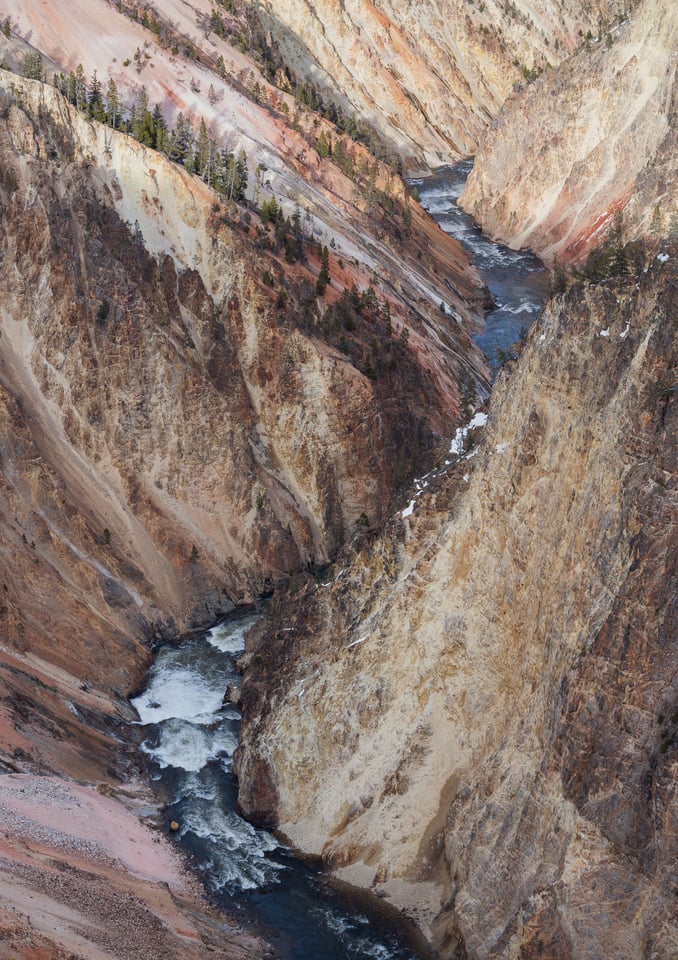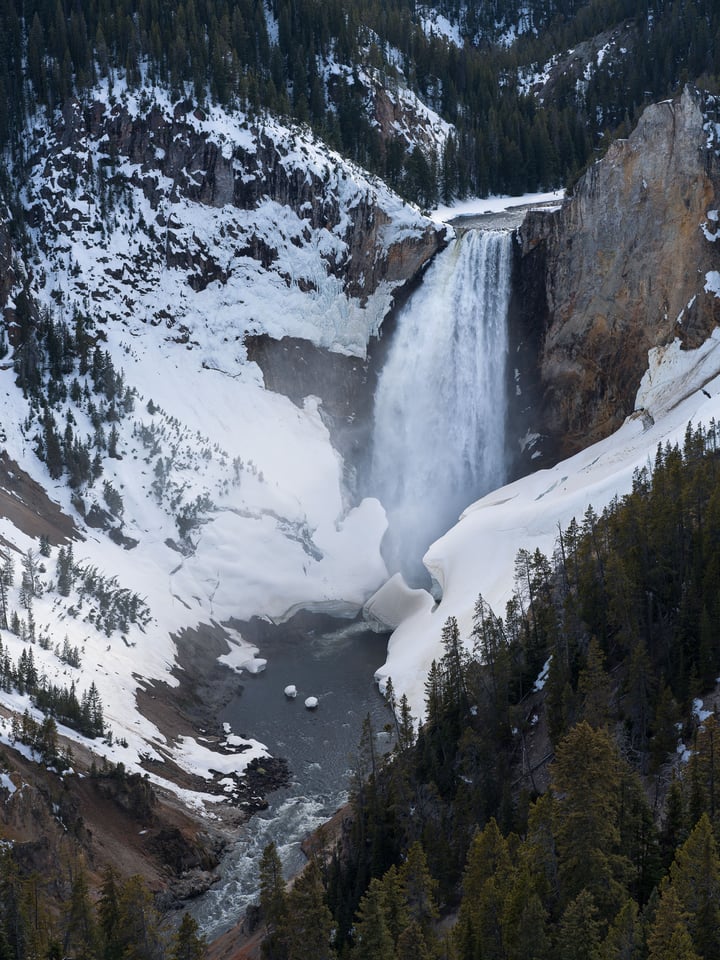الميزات المفقودة؟
من المؤكد أن هاسيلبلاد أخذت طرازي 907X و100C في اتجاه البساطة. فوائد هذا النهج لا تحتاج إلى شرح - إنها كاميرا مبسطة ومباشرة. لا داعي للقلق من أنه سيتوقف عن العمل بشكل صحيح بسبب بعض الإعدادات المنسية منذ فترة طويلة في Menu Bank 3، القسم 4، القسم الفرعي 4.15.
في الواقع، في غضون أسابيع قليلة من استخدام هذه الكاميرا، من المحتمل أن تحفظ معظم القائمة وتعرف بالضبط ما يجب تغييره إذا لم يتم ضبط شيء ما بشكل صحيح. ببساطة ليس هناك الكثير من الأشياء غير المرغوب فيها للتعامل معها. في بعض النواحي، أعتبر هذا أمرًا جيدًا - فهو يركز المصور على الأساسيات، بدلاً من تصعيد الميزات التقنية للكاميرا.
Missing Features?
Hasselblad certainly took the 907X & 100C in the direction of minimalism. The benefits of that approach are self-explanatory – it’s a streamlined, straightforward camera. You don’t need to worry that it will stop working properly because of some long-forgotten setting in Menu Bank 3, Section 4, Sub-Section 4.15.
Indeed, within a few weeks of using this camera, you’ll probably have most of the menu memorized and know exactly what to change if something is not set correctly. There simply isn’t a lot of junk to deal with. In certain ways, I consider this a good thing – it focuses the photographer on the fundamentals, rather than escalating technical features of the camera.
 CFV 100C/907X + XCD 90V @ 90mm, ISO 64, 1/60, f/5.6
CFV 100C/907X + XCD 90V @ 90mm, ISO 64, 1/60, f/5.6
من المؤكد أن هاسيلبلاد أخذت طرازي 907X و100C في اتجاه البساطة. فوائد هذا النهج لا تحتاج إلى شرح - إنها كاميرا مبسطة ومباشرة. لا داعي للقلق من أنه سيتوقف عن العمل بشكل صحيح بسبب بعض الإعدادات المنسية منذ فترة طويلة في Menu Bank 3، القسم 4، القسم الفرعي 4.15.
في الواقع، في غضون أسابيع قليلة من استخدام هذه الكاميرا، من المحتمل أن تحفظ معظم القائمة وتعرف بالضبط ما يجب تغييره إذا لم يتم ضبط شيء ما بشكل صحيح. ببساطة ليس هناك الكثير من الأشياء غير المرغوب فيها للتعامل معها. في بعض النواحي، أعتبر هذا أمرًا جيدًا - فهو يركز المصور على الأساسيات، بدلاً من تصعيد الميزات التقنية للكاميرا.
Missing Features?
Hasselblad certainly took the 907X & 100C in the direction of minimalism. The benefits of that approach are self-explanatory – it’s a streamlined, straightforward camera. You don’t need to worry that it will stop working properly because of some long-forgotten setting in Menu Bank 3, Section 4, Sub-Section 4.15.
Indeed, within a few weeks of using this camera, you’ll probably have most of the menu memorized and know exactly what to change if something is not set correctly. There simply isn’t a lot of junk to deal with. In certain ways, I consider this a good thing – it focuses the photographer on the fundamentals, rather than escalating technical features of the camera.
 CFV 100C/907X + XCD 90V @ 90mm, ISO 64, 1/60, f/5.6
CFV 100C/907X + XCD 90V @ 90mm, ISO 64, 1/60, f/5.6
















تعليق